|
With students from my Creativity and Technical Design course, I presented all weekend at our MakerFaire. We had lots of great conversations about how and why wrong theory works. We brought some simple design challenges for people to try:
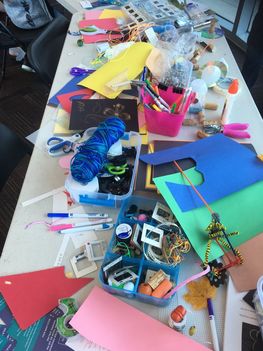 We brought lots of materials for people to prototype with. And mostly, they ignored the design challenges and just had some fascinating material conversations. A few insights, that I will carry with me as I work on my CAREER project:
1 Comment
5/2/2023 10:46:50 pm
DMJ Recruitment is thrilled to announce that Deloitte Legal will be sponsoring DMJ Insight Days for their second year running throughout 2023! Please get more info on governance recruitment.
Reply
Leave a Reply. |
Vanessa Svihla, PhDAssociate Professor, Organization, Information & Learning Sciences Archives
October 2019
Categories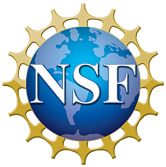
This material is based upon work supported by the National Science Foundation under Grant No. EEC 1751369. Any opinions, findings, and conclusions or recommendations expressed in this material are those of the authors and do not necessarily reflect the views of the National Science Foundation.
|
Proudly powered by Weebly
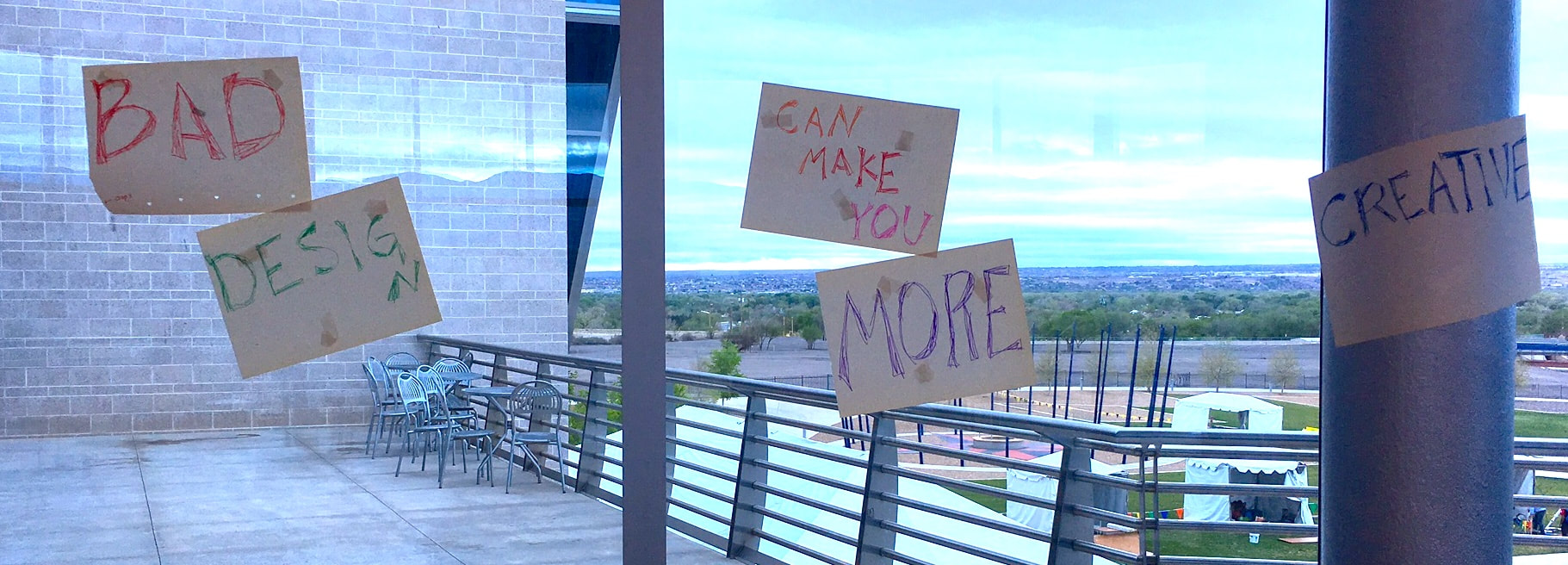
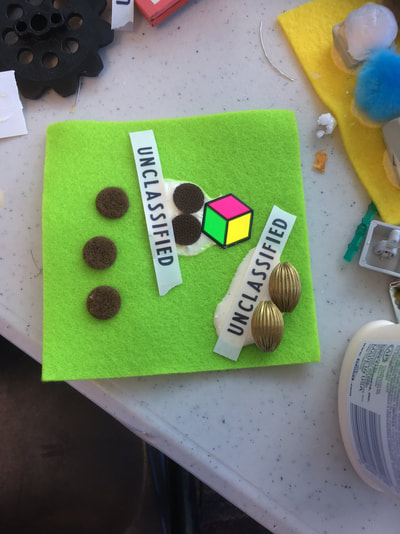
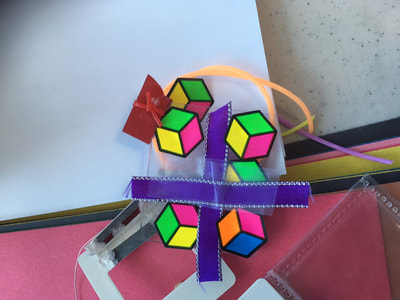
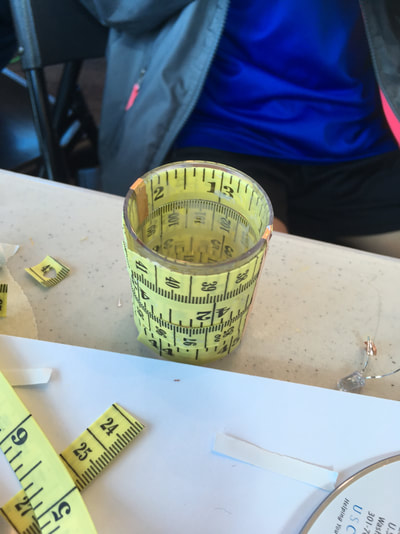
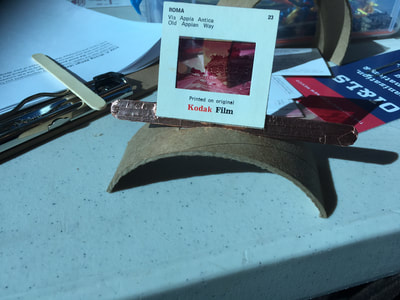
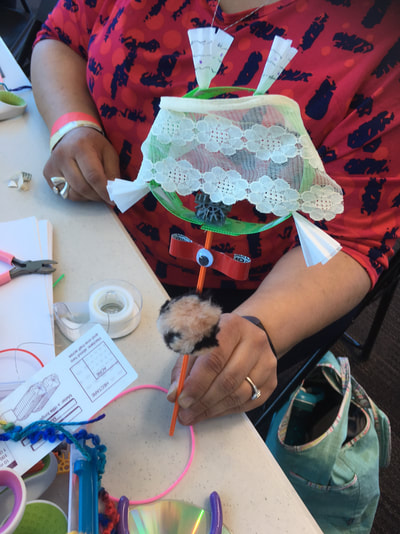

 RSS Feed
RSS Feed